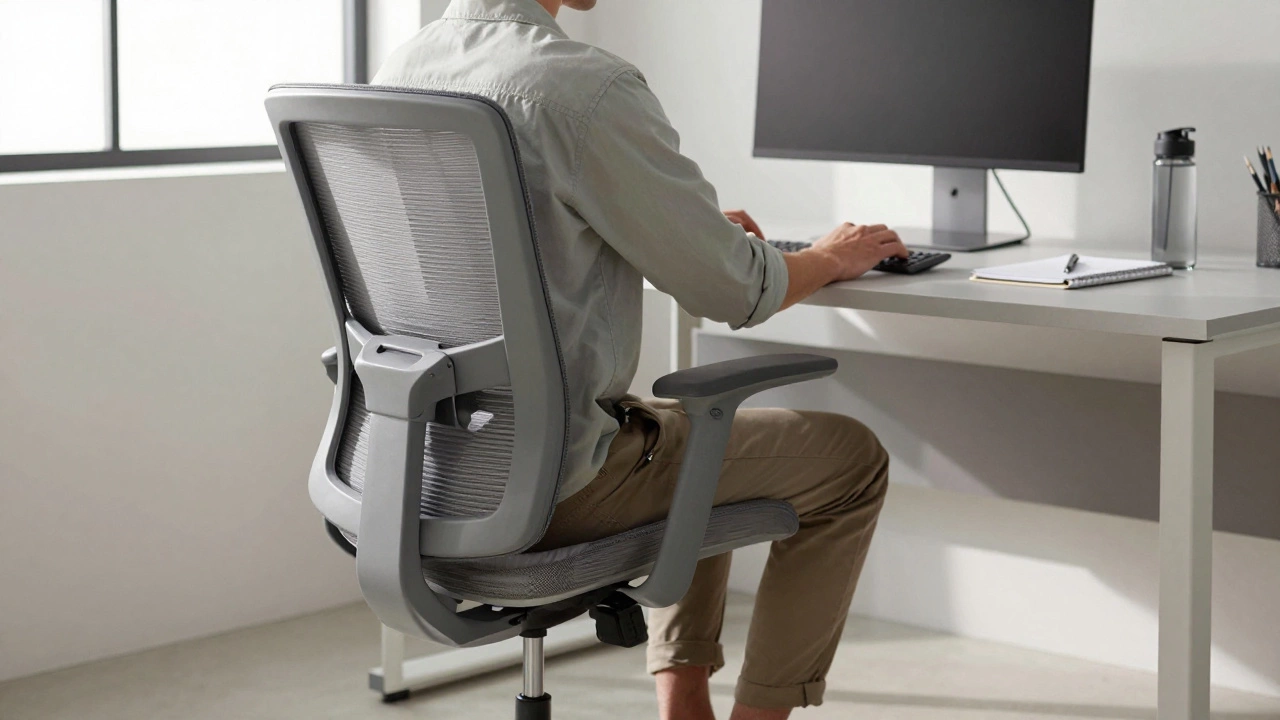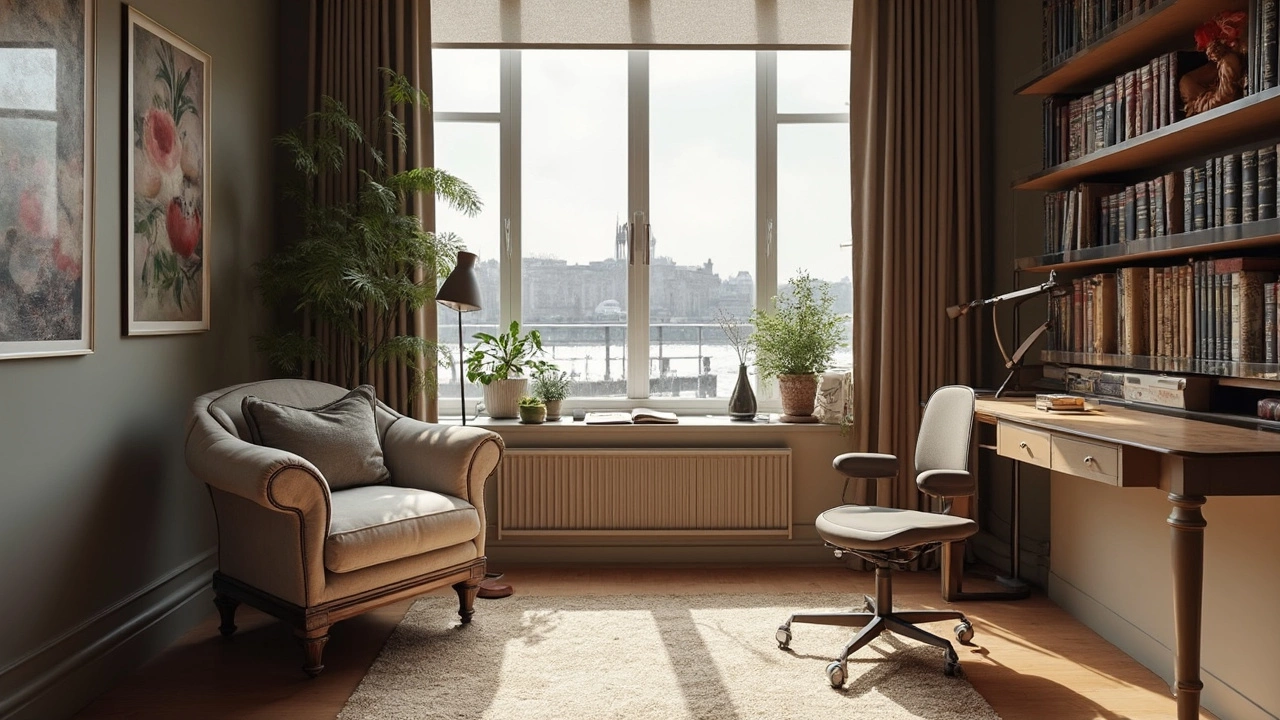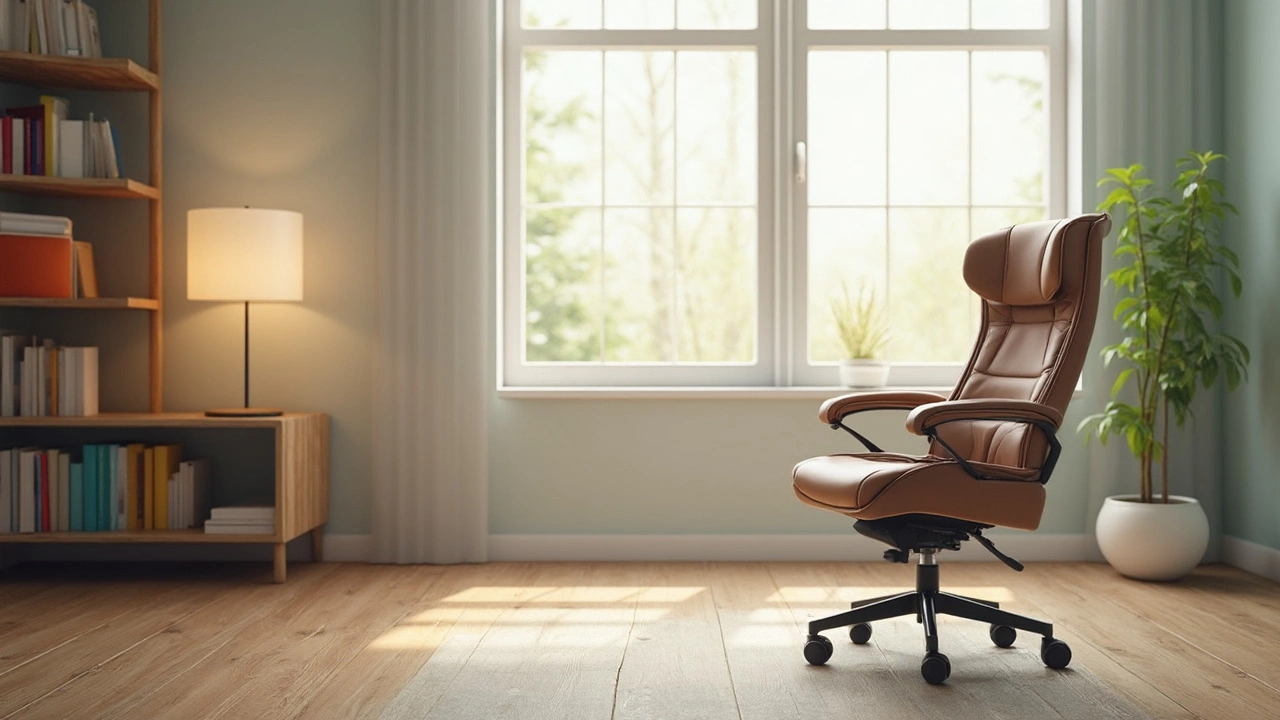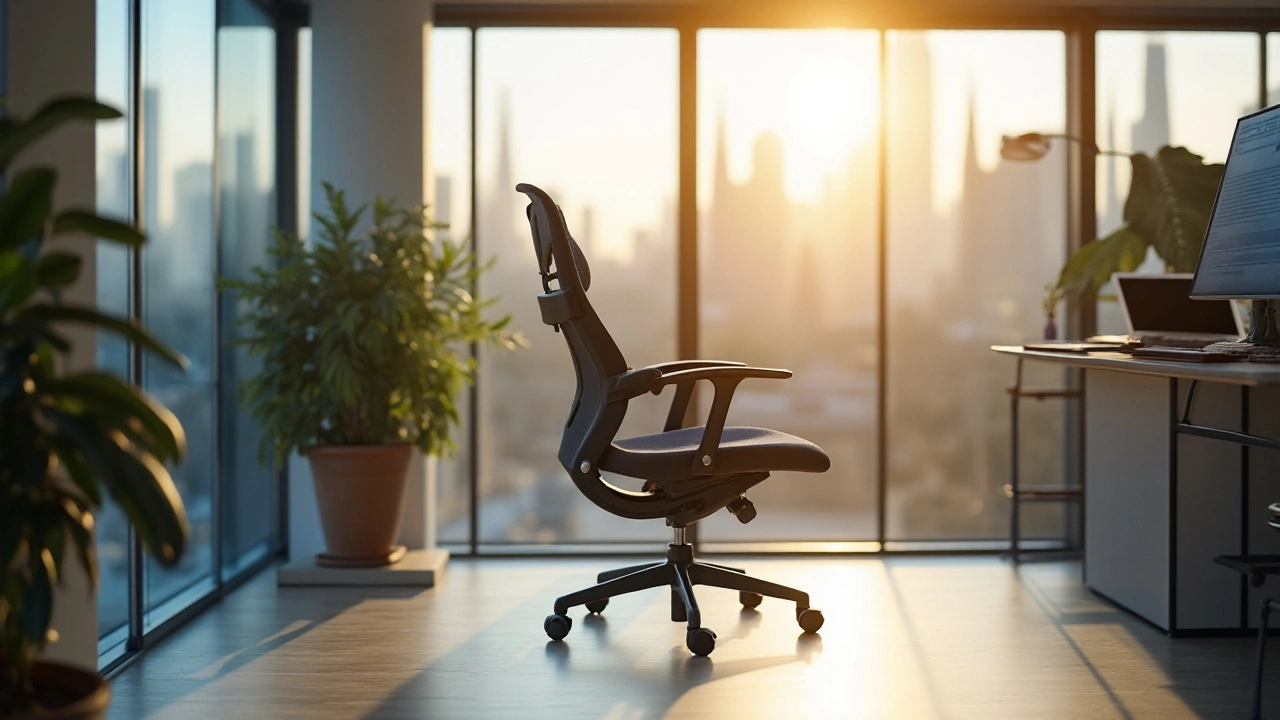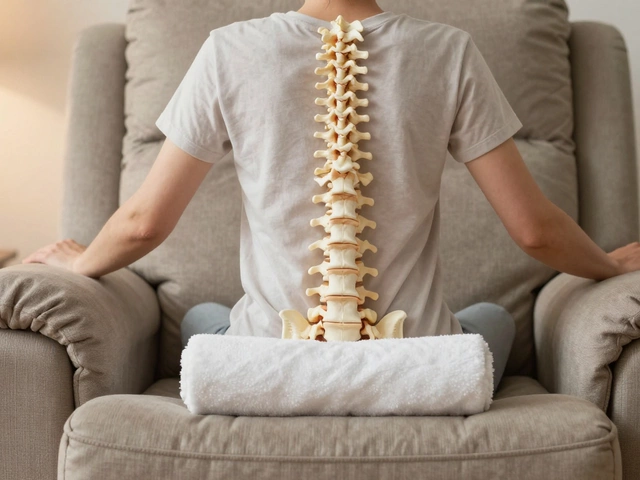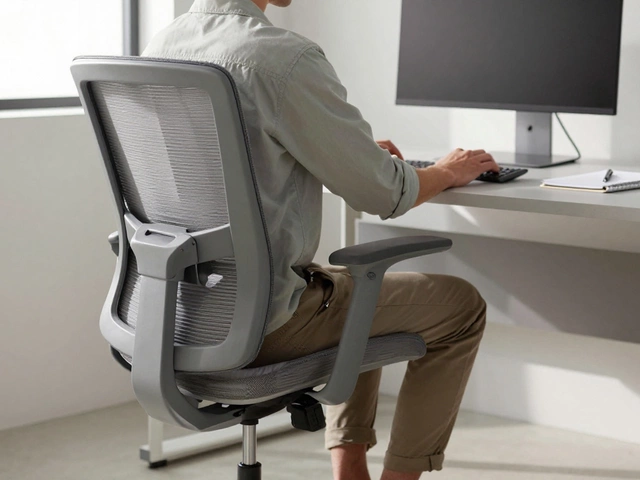Ergonomic Seating: How to Choose Comfort That Keeps Your Body Happy
If you spend hours at a desk or binge‑watching shows, the chair you sit in matters more than you think. Bad posture can lead to sore backs, neck pain, and reduced focus. Ergonomic seating isn’t just a buzzword – it’s a simple way to protect your health while you work or relax.
Why Ergonomic Seating Matters
When a chair supports the natural curve of your spine, your muscles don’t have to work overtime to keep you upright. That means less fatigue after a long day and fewer trips to the doctor. Studies show that people who use ergonomically designed chairs report up to 30% less back discomfort. It’s not magic; it’s science mixed with smart design.
Ergonomic chairs also help you stay focused. When you’re not constantly adjusting or shifting to find a comfortable spot, you can concentrate on the task at hand. Whether you’re typing a report or playing a game, a good seat can boost productivity.
Picking the Right Chair for Your Space
Here’s a quick checklist to help you choose a chair that fits your body and budget:
1. Adjustability – Look for seats that let you change height, backrest angle, and armrest position. The article "Office Chair Armrests: Should You Remove Them for Better Comfort and Ergonomics?" explains why being able to move the arms matters for posture.
2. Lumbar support – A curve in the backrest that matches the lower spine is a game‑changer. If the chair feels flat in the middle, it’s probably not providing enough support.
3. Seat depth and width – Sit all the way back with a few centimeters between the edge of the seat and the back of your knees. Too narrow a seat can pinch your thighs; too wide can make you slide around.
4. Material – Breathable fabrics keep you cool, while memory‑foam cushions adapt to your shape. If you’re in a hot room, mesh is a solid pick.
5. Mobility – Casters that roll smoothly on your floor type (carpet vs hard floor) let you reach for things without straining.
Once you have a chair, set it up correctly. Your feet should rest flat on the floor, hips slightly lower than knees, and forearms at a 90‑degree angle on the desk. In short, the chair should make you feel like you’re being gently held, not forced into a position.
Don’t forget to take short breaks. Even the best ergonomic seat can’t prevent tension if you sit for eight hours straight. A quick stand‑up, stretch, or walk every hour keeps blood flowing and muscles loose.
Ergonomic seating isn’t limited to office chairs. A well‑designed sofa, recliner, or even a sturdy dining chair can improve comfort if it supports your back. The key is to look for the same features: adjustability, proper lumbar support, and a fit that matches your body.
Ready to upgrade? Start by testing a few chairs in a store or ordering a model with a good return policy. Pay attention to how your body feels after a short sit‑test – no pain, no pressure points, and a feeling of “just right” is a good sign.
In the end, ergonomic seating is an investment in yourself. The right chair saves you from aches, helps you stay focused, and makes long hours feel a lot easier. Choose wisely, adjust often, and give your back the support it deserves.
Best Office Chair for Long Hours at Your Computer
Find the best office chair for long hours at your computer. Learn what features actually prevent pain, which models experts recommend, and how to test a chair before buying.
Office Chair Height: The Best Sitting Position for Comfort and Health
Is it healthier to set your office chair higher or lower? Discover how chair height influences your posture, comfort, and productivity, plus practical tips to find your ideal setup.
Office Chairs: To Arm or Not to Arm?
Choosing between an office chair with or without arms can impact your comfort and productivity. Whether you're working from home or at the office, understanding the pros and cons of each option will help you make a more informed decision. This article explains the benefits and drawbacks of both types, along with practical tips to enhance your work environment. Gain insights to align your seating choice with your needs and preferences.
Alternatives to Recliner Chairs
Looking to switch things up from your trusty recliner? This article explores various comfortable and stylish alternatives to recliner chairs that suit different needs and living spaces. Discover options like ergonomic office chairs, bean bags, and even hammocks—each offering unique features and benefits. Whether you seek improved posture or a fun seating choice, these alternatives blend function with style for any room.
When to Replace Your Office Chair for Optimal Comfort and Productivity
Your office chair is more than just a piece of furniture; it plays a crucial role in supporting your posture and boosting productivity. Knowing when to replace it can save you discomfort and even health issues. The key factors that determine its lifespan include the quality of materials, usage frequency, and wear and tear signs. Dive in to discover tips on maintaining your chair and guidelines on when it's time to invest in a new one.
Comfortable and Ergonomic Chairs for Long Work Sessions
Finding the right chair for long hours at the desk involves considering ergonomics, adjustability, material, and personal needs. This guide explores the significant features that make a chair comfortable and supportive for extended sitting. We'll dive into staple designs and share insights on how to pick a chair that maintains good posture and alleviates the strain. Armed with these tips, making an informed decision becomes as easy as a good stretch mid-day.
